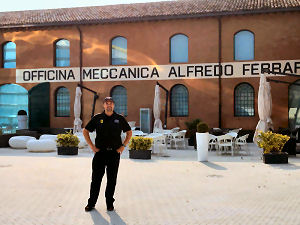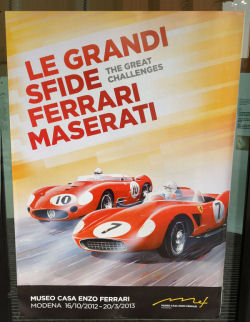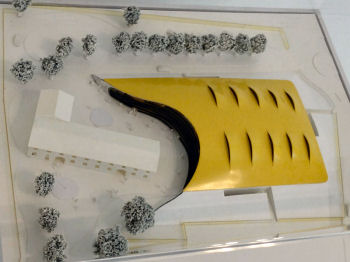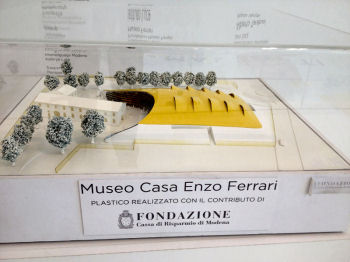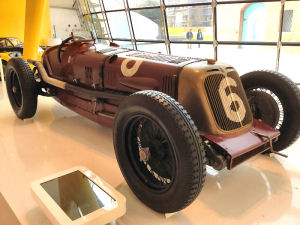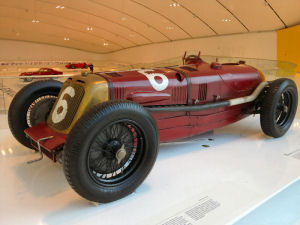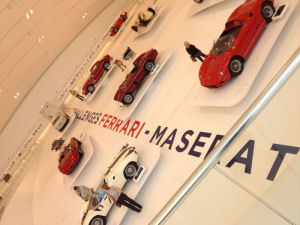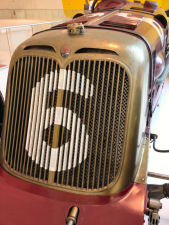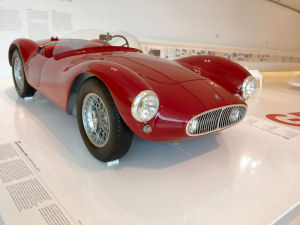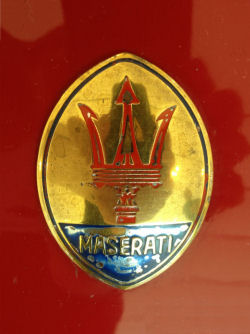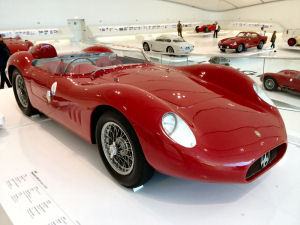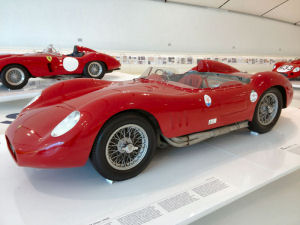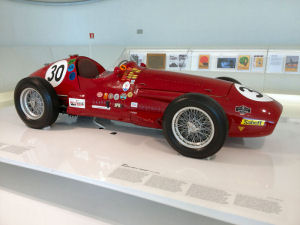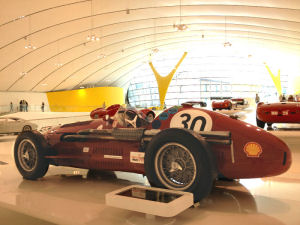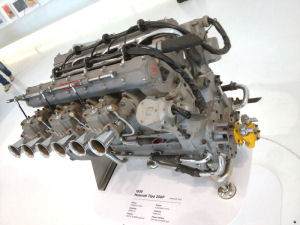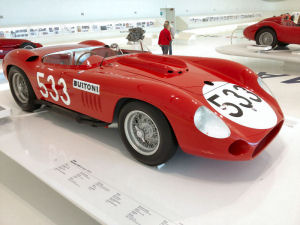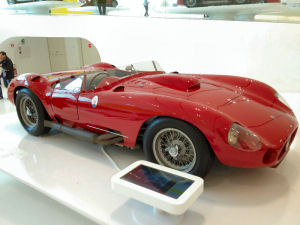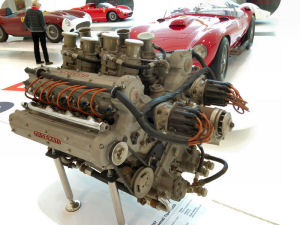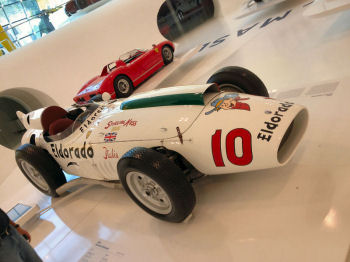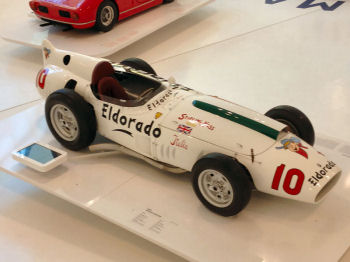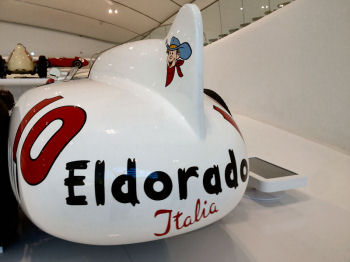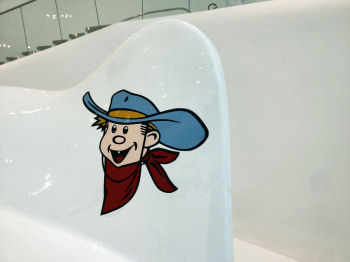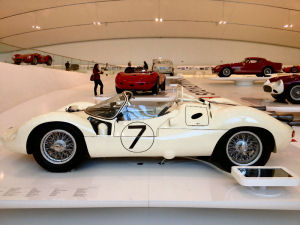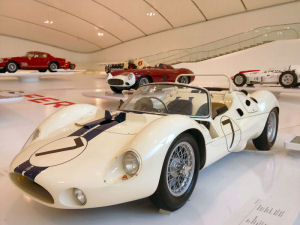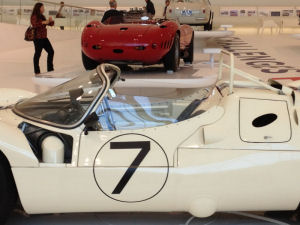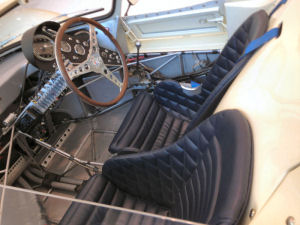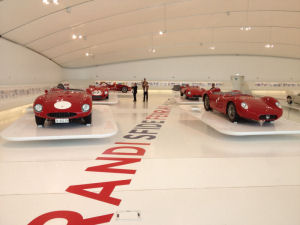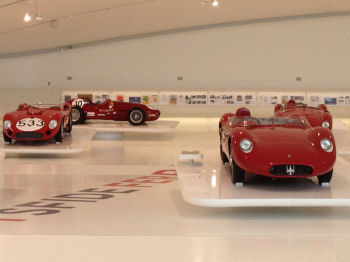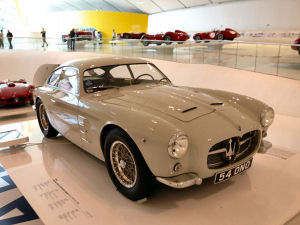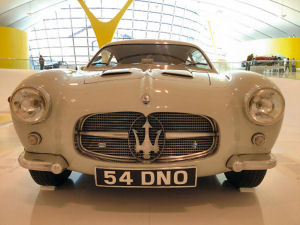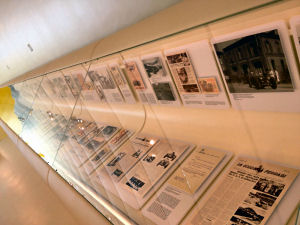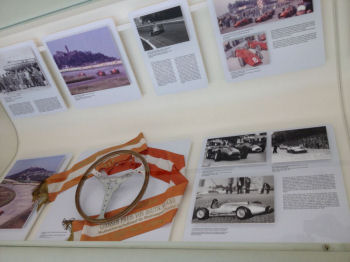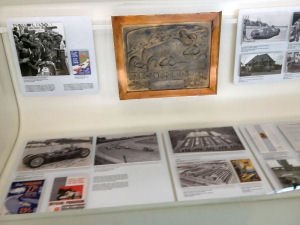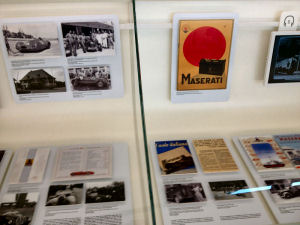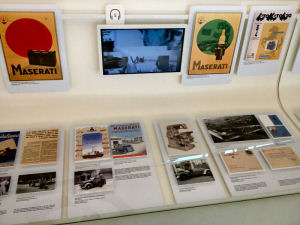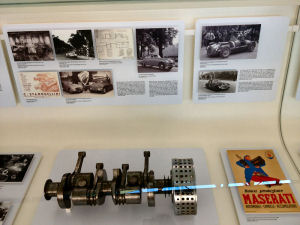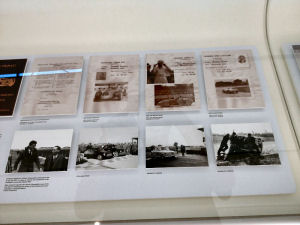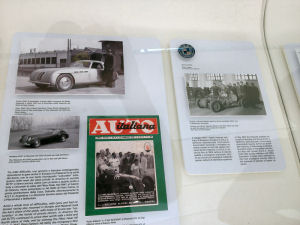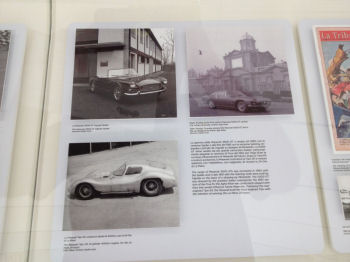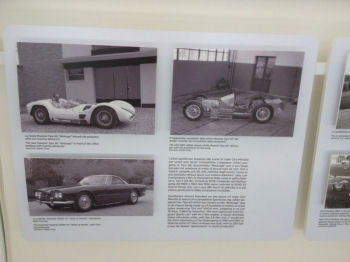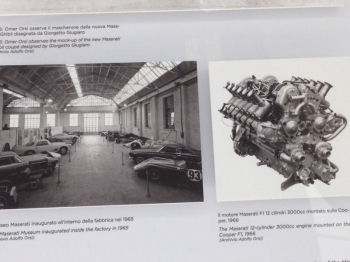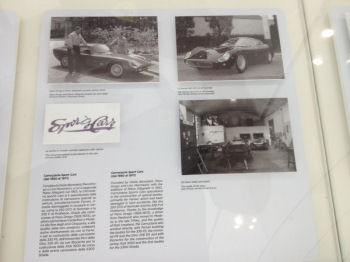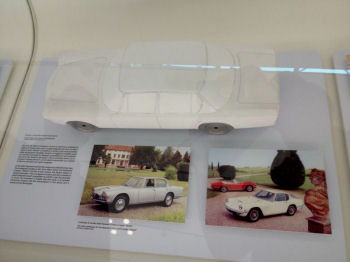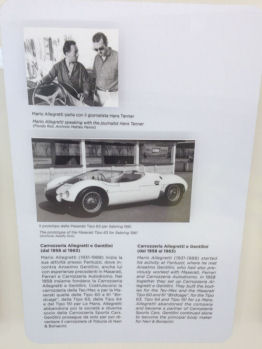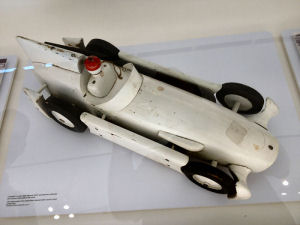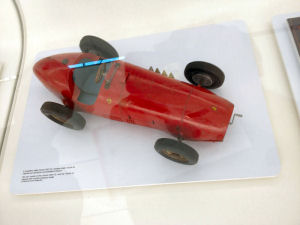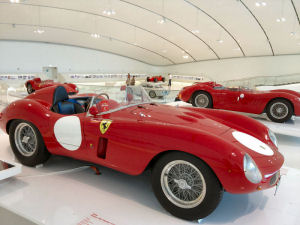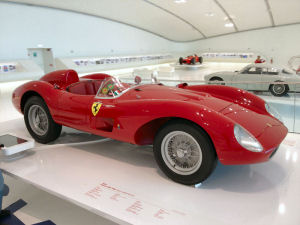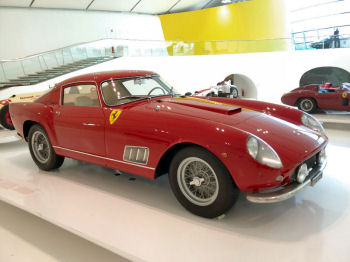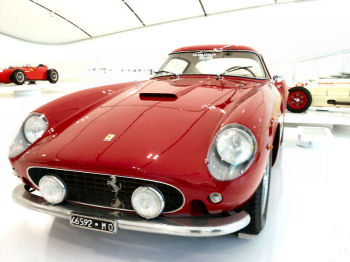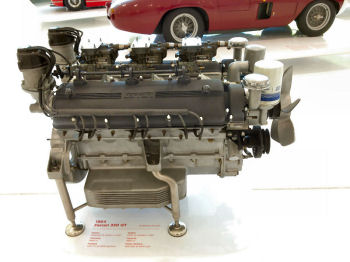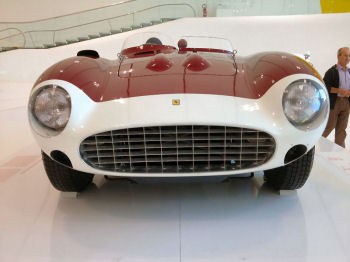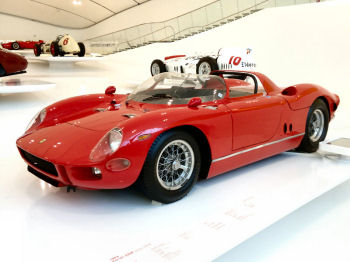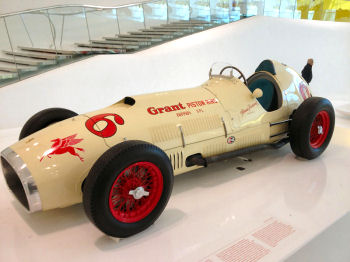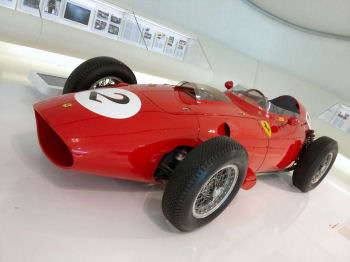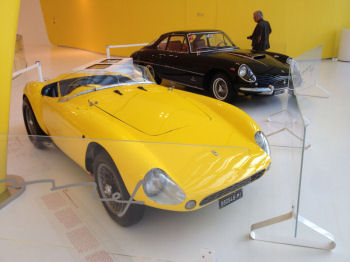Maserati Tipo 450 S Prototype #4501
"The history of the car presented here, the first Tipo 53 (350 S) chassis 3501, began on April 28, 1956 when Maserati entered Stirling Moss and Denis Jenkinson for the Mille Miglia, race number 554. After spinning off the road at Antrodoco, the car was refitted out in Modena as a prototype for the new 450 S series, identified as 4501, and with the new V8 5000 cc engine.
With the new configuration, it was presumably tested by Jean Behra at the Modena Aerautodromo, and on August 12, 1956 was entered in the Swedish GP. It recorded the third fastest time in the qualifications, but did not take part in the race due to insufficient testin and in particular due to the strong vibrations, later corrected with different balancing of the crankshaft. For the new configuration it was necessary to lengthen the wheelbase by 40 mm, bringing it to about 2,360 mm, and intermediate size compared to the 2,400 mm of the later 450 S.
At the end of the season, Maserati kept the car and it was shelved while the "mass" production of the 450 S had begun. There are unconfirmed stories about the car having made its debut at the Buenos Aires race, January 1957, driven by Juan Manuel Fangio and Stirling Moss. It ended as a DNF due to transmission troubles, when every Ferrari was struggling in the distance.
Having been shelved at the factory, the car was then sold in 1965 (without the engine, as shown by the Certificate of Origin issued at the time) by Maserati to an American client who had a Corvette V8 327 cu in engine fitted.
It was bought by the present owner in 1981 in California. He presented the car to Maserati, as found, and then restored it with the assistance of the former Maserati Racing Team staff.
The engine that has been installed is the 4519, originally a marine version of 6.4 litre displacement. The aluminium bodywork and the chassis are original. After its original identity as 3501 and 4501, it today bears the identity '350 SI No 10' supplied by the Company when it was sold in 1965." |
